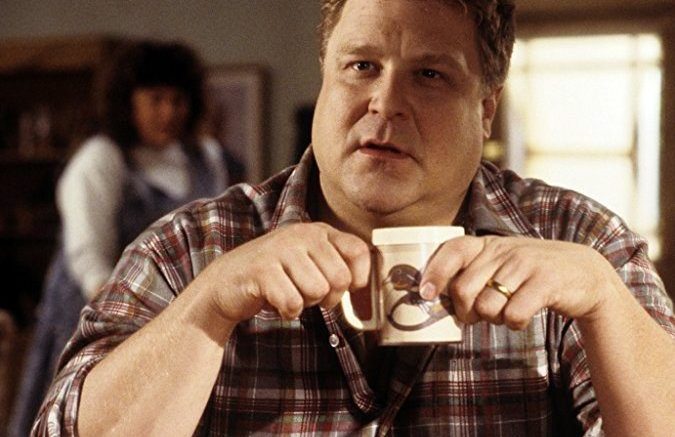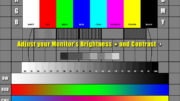You’ve decided to binge the old Roseanne show. The first thing you notice is the black bars on the left and right of the screen. Some old TV shows have this problem, while some (like Friends) don’t. So what gives?
In order to understand the problem you first have to understand the idea of aspect ratio. You might remember that older TVs were much more square in shape than today’s TVs. Television was designed originally back in the 1930s and the shape of the screen closely mimicked the way movies were shown back in those days. That makes sense of course.
However, one of the steps that movies took in the 1950s to try to compete with television was the creation of ever-wider images. Widescreen images were thought to provide a more natural field of view and show you more of what was going on in a scene. That’s a bit of marketing hype but it stuck: by the 1970s most films were being shot and shown in theaters in a format much wide than the way they were shown on television.
The result was that when most movies were shown on TV, the left and right parts of the images were cut off. For some films which used a very wide format, this could mean up to 2/3 of the image was cut off! Back in those days, high-end video lovers looked for a better way.
Widescreen TVs
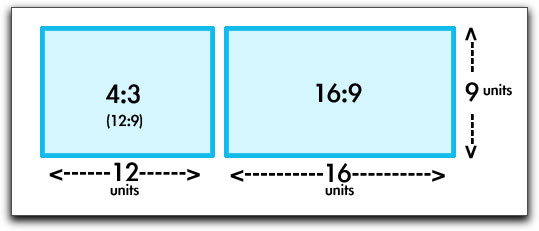
As early as 1995, TV makers started experimenting with wider TVs that more closely matched the way films are shown today. However, it would be another decade before they became common. When all TVs switched to digital broadcasting in 2009, wide TVs became popular among regular folks.
A lot of people think that all high-definition TV is widescreen, like it’s some sort of requirement. That’s not true and in the mid 2000s a lot of high-definition TVs were made that weren’t widescreen. It’s just that people liked the widescreen look and that’s what won out. Today it’s very hard to find an HDTV that isn’t widescreen.
Producing TV shows for most people’s TVs
Obviously, TV shows are going to be produced to fill the screen on most people’s TVs. That means that any show produced before 2009 was designed so it could be shown on the average person’s TV without showing black bars on any part of the screen.
Iin the 2000s that became really complicated since some people moved to wide TVs and some didn’t. Some shows started producing widescreen and high-definition very early. In particular, Everyone Loves Raymond and Star Trek: Enterprise were produced in widescreen HD from almost the very beginning of their runs even though most people couldn’t see the results for a decade.
Most TV shows were originally shown with the left and right sides cut off so they filled the screen. Despite being shot with widescreen equipment, they looked like this to most people:
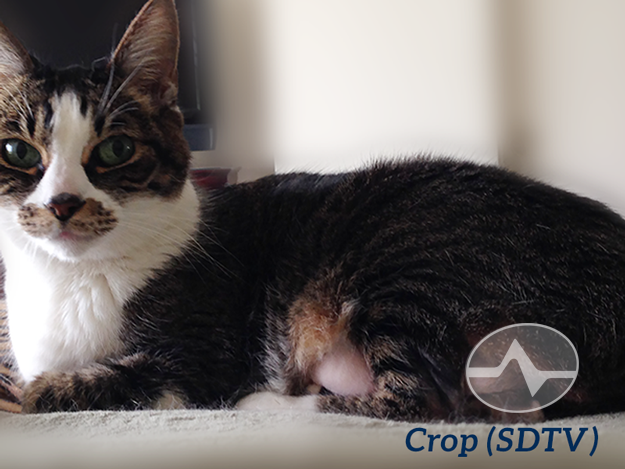
Some shows, like Enterprise and the Law and Order franchise, chose to show the entire image as shot, leading to black bars at the top and bottom when shown on an older TV like this:
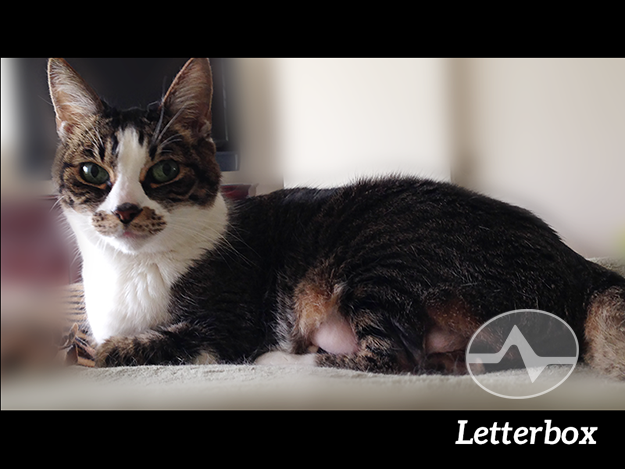
That was then, this is now
Of course that’s all ancient history. Today every TV you see is of the “widescreen” variety so old TV shows produced for old TVs have black bars at left and right, like this:
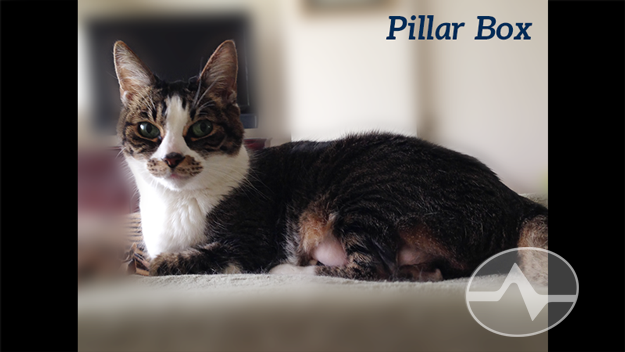
If you don’t remember that all TVs used to be kind of square, this can confuse you. There are options on most TVs and cable boxes that let you fill the entire screen but they do it by either cutting off part of the image or stretching it so everyone looks a little pudgy. Most people don’t care for either option these days.
So, how come some old shows have this problem and some don’t?
Watch Roseanne from 1995 and you’ll see the black bars. Watch Friends from the same period and you don’t see the black bars. Did the Friends people have some sort of magic?
Television shows from the 20th century were originally shot either on video tape or film. Higher-quality shows were shot on film which was more expensive but produced a high-quality look. If a show was shot on videotape in the 20th century, it’s going to permanently have that low-quality, square look to it and there’s nothing much you can do about it.
However, if the show was shot on film as Friends and Seinfeld were, the film is high enough quality so that it can be enlarged to fill the screen. In the case of Friends, the show was actually shot with film lenses so there was always some stuff there at the left and right. In the 90s it was ignored. Today when you watch an old episode you see the part of the image that was thrown away initially.
Where are the purists now?
Re-editing an old show so that it looks right on a widescreen TV also takes time and money. You tend to only see it with older shows that still have a lot of popularity today. In some cases it actually is about integrity. With older Star Trek shows, the decision was made not to re-edit to fill the screen. It seems that producers felt that people would rather see it “as shot.”
Back in the 20th century, things were different. A lot of high-end video folks loudly complained when their favorite movie was chopped up to fill the screen. Yet, today you don’t see that. No one is complaining that Seinfeld is being shown in a way that “dishonors the filmmaker’s original intent.” (yes people used to talk like that.) I guess that partially it’s because people don’t care as much about sitcoms as they do about important movies. I actually think that things will change at some point there..
People today will choose to listen to old music on vinyl to get the full experience. Some gamers use filters to make retro games look like they are on tube TVs. I forecast that at some time in the future, people will choose to watch old sitcoms on 19″ tube TVs. They may even watch with commercial breaks intact. Does it sound so far fetched? Hey, the idea of vinyl coming back used to sound crazy too.

